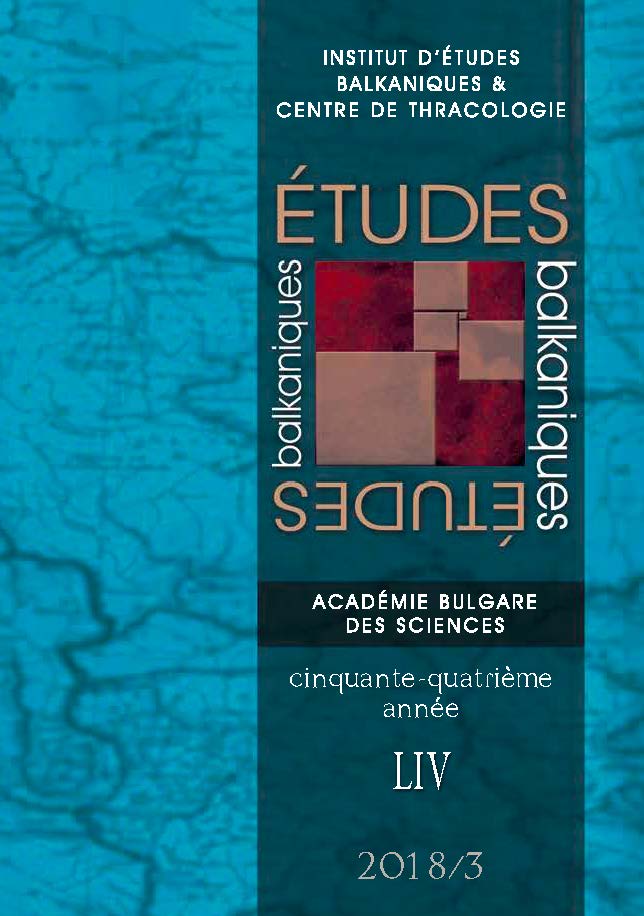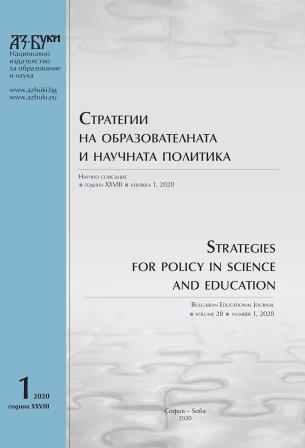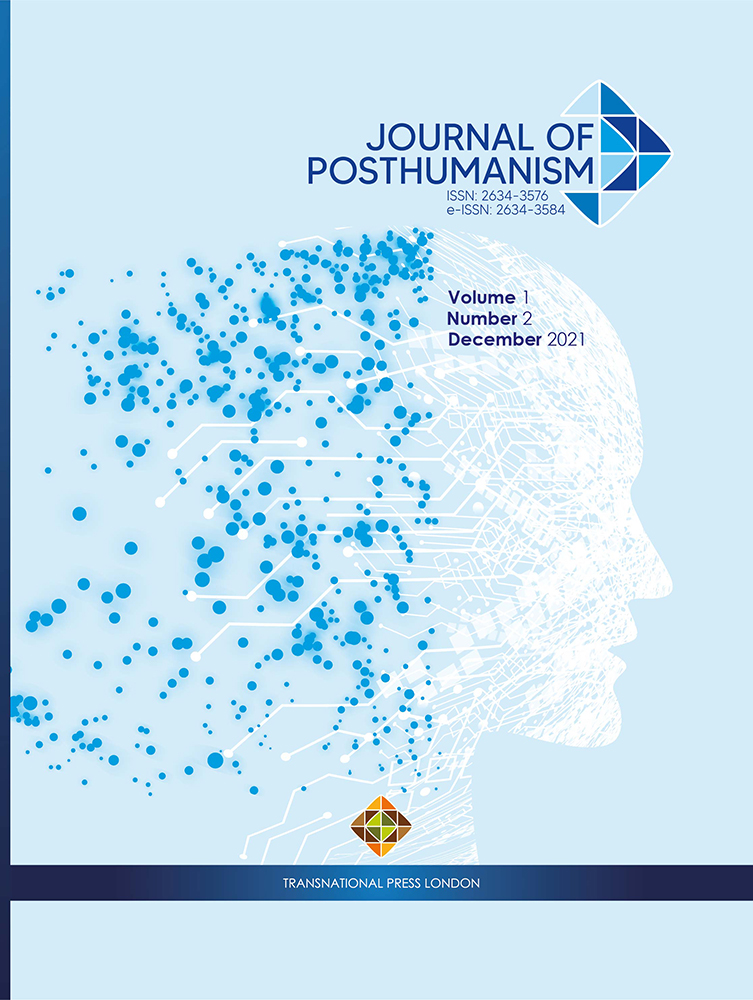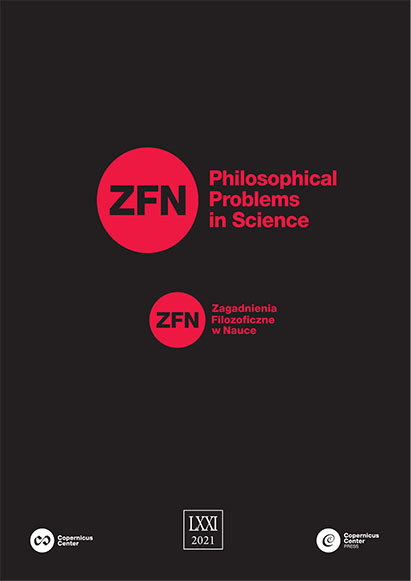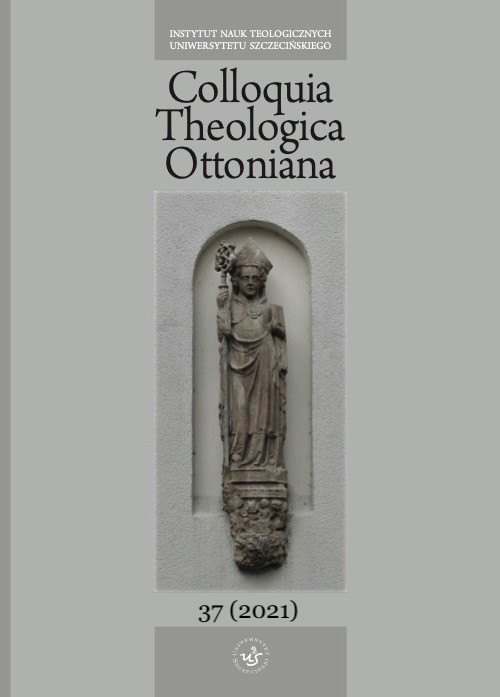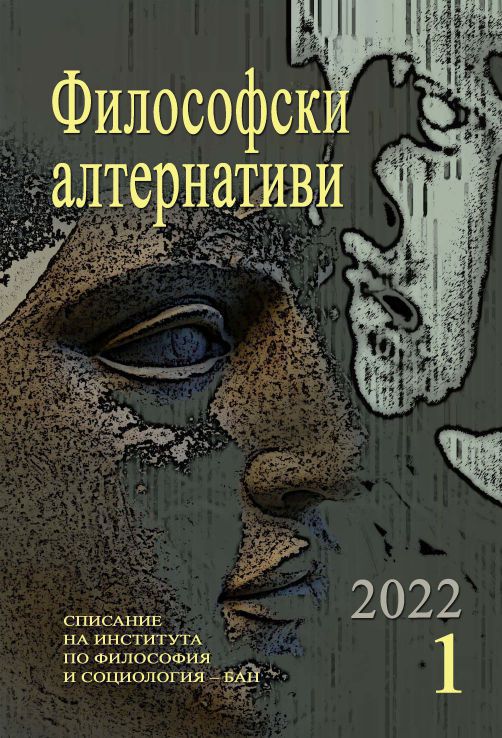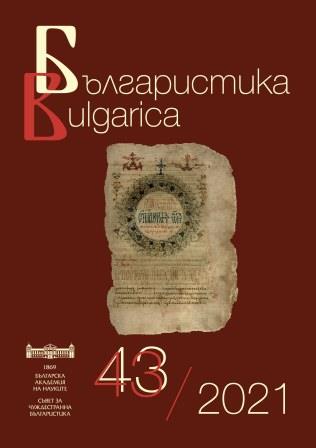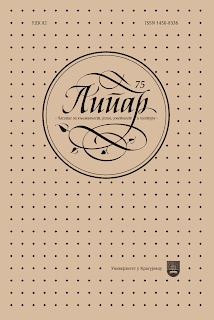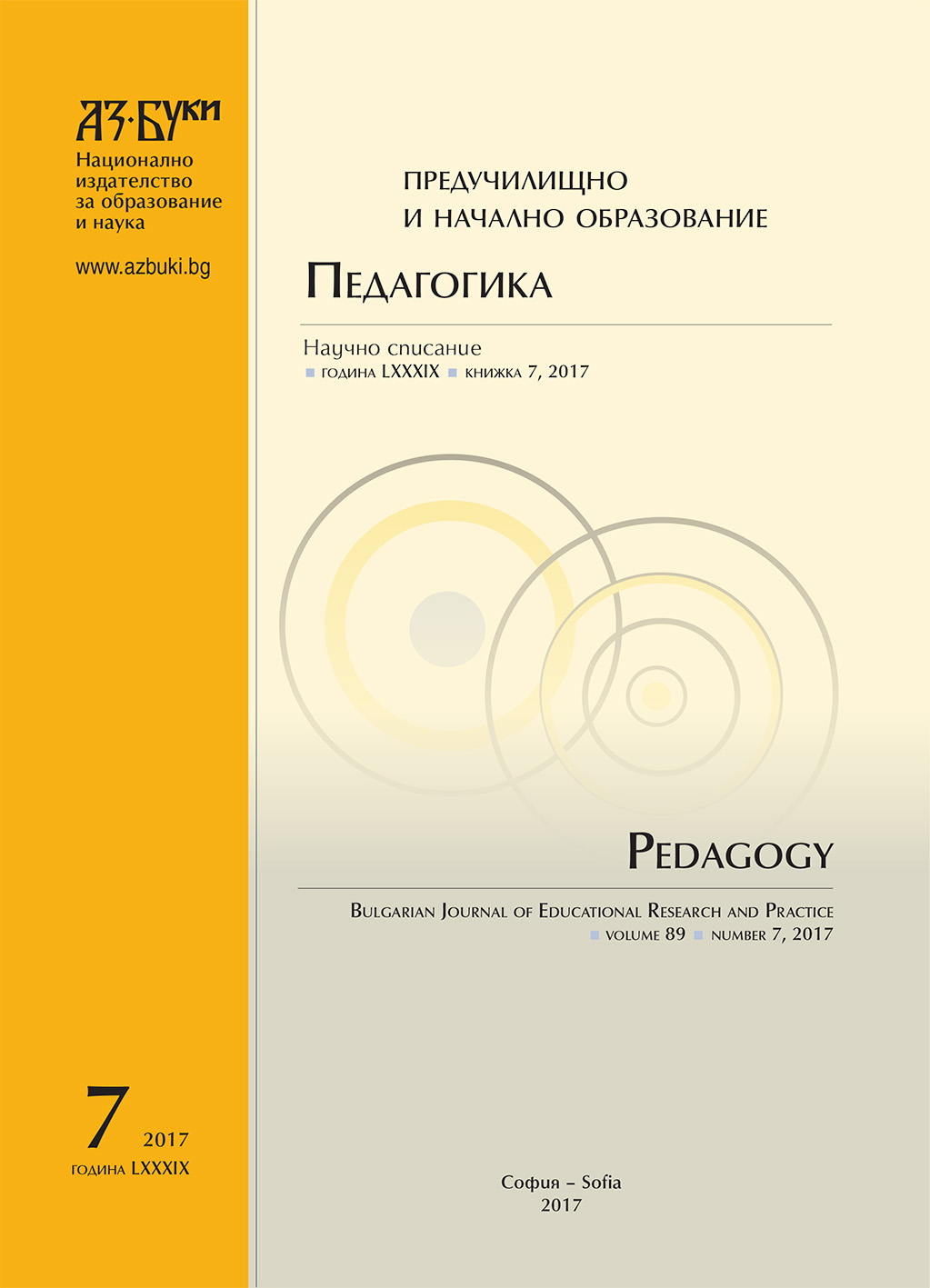
Превенция на агресията чрез позитивни начинания и позитивна подкрепа
This paper discusses the need for positive support in dealing with children in conflict with the law, as well as the successful forms of positive impact on the practice of the local Committee dealing with antisocial activities of minors and underage in the Municipality of Kubrat.
More...
